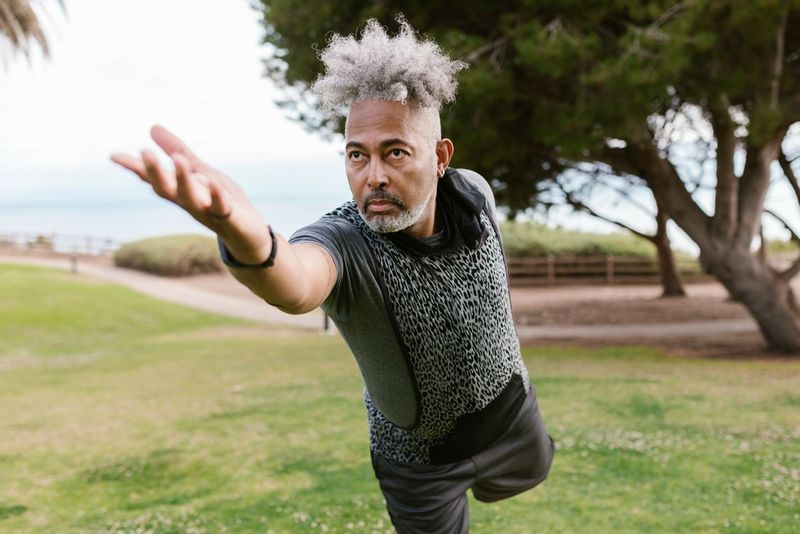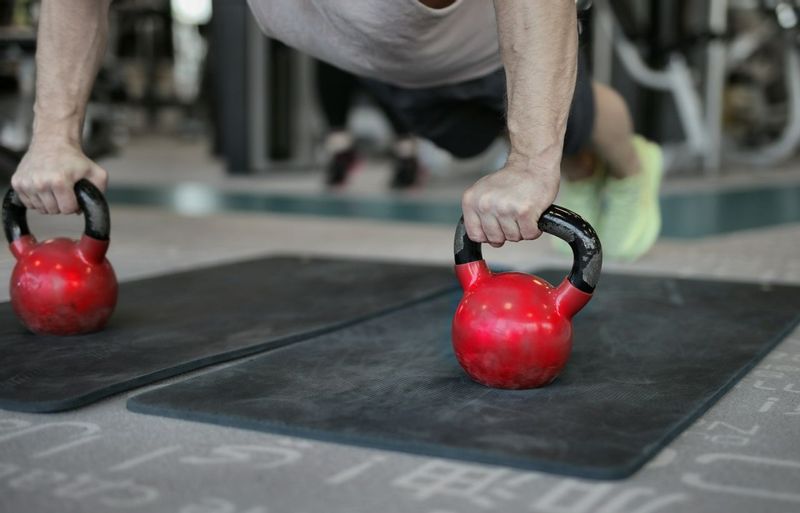How to Prevent Osteoporosis and Maintain Good Bone Health

Today is World Osteoporosis Day (or at least that is when we published this article), we wanted to raise awareness around osteoporosis prevention and help you to understand how you can maintain and even optimise your bone health to help prevent osteoporosis.
Today is World Osteoporosis Day (or at least that is when we published this article), we wanted to raise awareness around osteoporosis prevention and help you to understand how you can maintain and even optimise your bone health.
I must caveat this article by saying that whilst I am a fully qualified Osteopath, Movement Teacher and Trainer I am not a medical Doctor - please do consult your own Doctor if you are considering changing your diet or lifestyle to improve the quality of your bone health.
What is Osteoporosis?
Osteoporosis is a condition where bones become fragile and more likely to break. It typically develops over many years and is often diagnosed after a fall or impact injury. There is a term for the stage before osteoporosis called osteopenia. Here you have lower bone density than the average for your age, but not low enough to be diagnosed as osteoporosis. Be reassured that osteopenia doesn’t always lead to osteoporosis.
Who gets it?
Whilst loosing bone density is expected as we age there are factors that can increase your risk in being diagnosed with osteoporosis. These include having / a history of low BMI or eating disorder, medical conditions (such as inflammatory or hormone related conditions), not exercising regularly, sedentary lifestyle, heavy drinking or smoking.
If you are reading this and you are female, I am afraid we are 4 times as likely to be diagnosed. Lighter thinner bones are more susceptible to the condition and longer life expectancy increases the prevalence too.
The good news

We can reduce our risk, and movement / exercise play a big part in doing so.
Without diving too deep into the science of it all, it will help if you understand that stress on bone encourages growth and resilience. That stress typically happens in two ways:
- Muscle pulling on the bone
- Impact - with the ground or another object
We therefore want to incorporate exercises that cause tension and impact within our training, now as osteoporosis typically affects those over the age of 50 you want to incorporate these two factors in a safe controlled way. Yoga and Pilates are a fantastic place to start, and we will come back to that with more detail - but I would say standalone they aren’t enough.
The amount of impact you require really exceeds that of yoga / Pilates, if you can get this from cardiovascular training then you are killing two birds with one stone: bone health and heart health.
It isn’t that exercise (yoga, Pilates, or Strength work) eliminates your risk of osteoporosis, but earlier on I highlighted that osteoporosis is often diagnosed after a fall or injury. Therefore, if our balance, stability, and strength is improved (as often the case with someone following a thorough exercise programme) our risk of falling or injuring ourselves is reduced.
Things to avoid
A training programme or yoga and Pilates Class designed specifically for someone with osteopenia or osteoporosis shouldn’t be too dissimilar to one that you would give someone with optimum bone health. If you’re wanting to boost your longevity, an anti-ageing medical retreat will give you access to professionals and resources that will enhance your lifestyle physically, mentally and nutritionally. All of which are conducive to good bone health.
We just want to be mindful of exercises or movements that may increase risk of fracture. As a rule, I encourage students (clients or patients) to avoid anything too repetitive, rapid, heavily weighted or sustained.
People also say avoid twisting and folding - however these are movements we carry out all the time in our day-to-day life. I personally would rather teach them well and safely to build strength here so that students avoid injury when they replicate these movements day to day.
Recommended Exercises
I am going to cover the three key focus areas and share a few exercises I recommend for them.
1. Apply tension (or resistance)

Weight Training - Using barbells, kettlebells, dumbbells, sandbags and many other great pieces of equipment we can row, push, pull, carry and challenge ourselves. Add weight and resistance to all your favourites - squats, deadlifts, lunges, push ups, pull ups, single leg step ups, Cossack squats.
Pilates - With small hand weights, a Pilates ball or circle you can intensify any mat-based class. Pilates reformer is another wonderful way to challenge and add tension in a safe and controlled environment.
2. Improve your balance
Yoga - is going to be your best friend here. Balance really can come and go so when you are practicing don’t beat yourself up if some days its great and others its rubbish. The majority of yoga works and challenges your balance so roll out your mat and get going!
Weight Training & Pilates - Both offer and include great unilateral exercises (exercises you do one side at a time) so as a means of exercising they are also going to help your balance and coordination.
3. Adding impact

We think impact and we think running and jumping. Great if you are someone who has always performed these exercises, or you are in particularly good health and you feel confident with these movements.
However, they can be quite demanding, overwhelming, and even quite risky if you are new to them - start slow, work with a trainer that is going to ensure you are safe in these movements and build up strength and tissue tolerance.
Start Now
I want to leave you with one last thought. How old will you be in ten years' time? Now I want you to take yourself there - are you agile, strong, and healthy?
As we age it is much easier to maintain agility, strength and health as opposed to developing it. If you start now, you really will thank yourself. Try the yoga class or book a yoga retreat, give Pilates a go, pick up those weights…
I hope that has given you an understanding or more awareness of Osteoporosis. Unfortunately like many medical conditions we can’t fully prevent them but we can always help and in improving our overall health we are stronger to fight the problem.
If you have any questions for me or you would like to join our community and try one of my classes then please do reach out to me.

About Jessica
Jessica Lambert is a health-conscious passionate Osteopath (M.Ost), Yoga & Pilates Teacher who loves bringing together all kinds of exercise and habits to enhance the wellbeing of others.
She runs a virtual Yoga & Pilates studio 'The JL Collective' and hosts global retreats.
Follow Jessica on Instagram here


